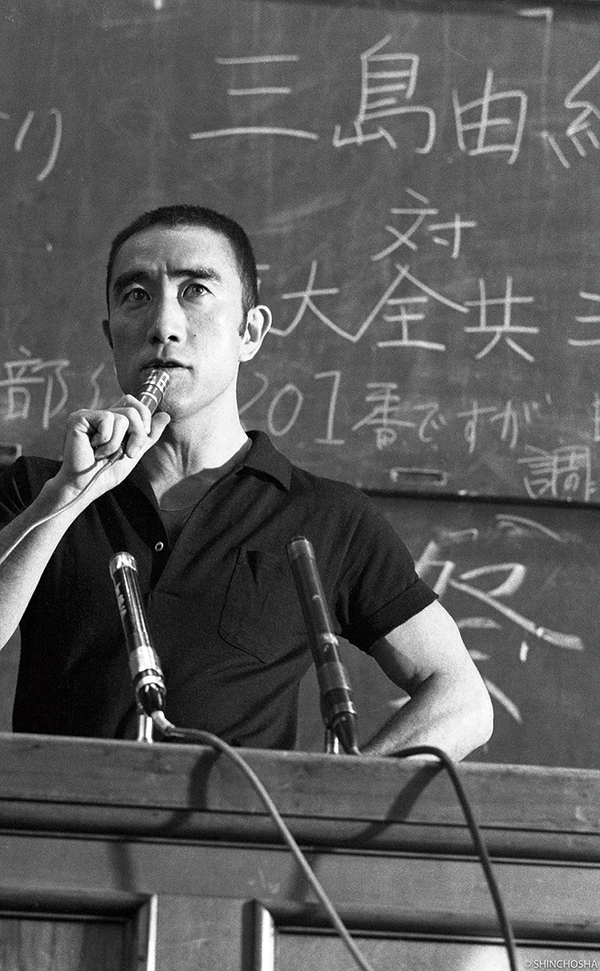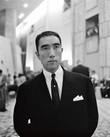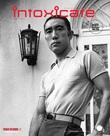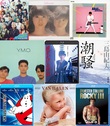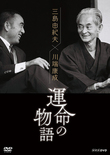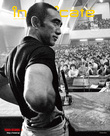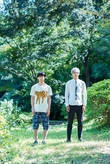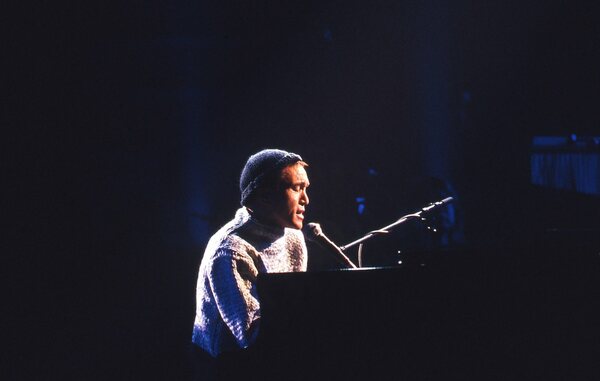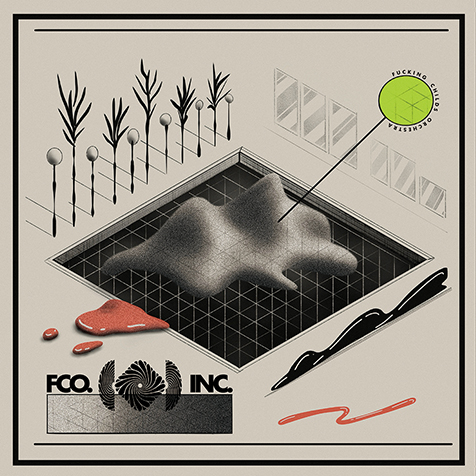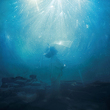Does the film bring us something which can have never been retrieved by the texts? Let me think about it together with the interview to the film director, Keisuke Toyoshima (hereafter referred as KT). The film proceeds chronically along with inserted news video of the time one after another, feeding necessary information to reconstruct the historical background. That is to say, the film follows the time line of the debate from its start to the end faithfully. Newly shot interviews to the experts of Mishima and those days, and members of ACJST appeared in the debate, are arranged to support proper understanding of the issues debated, at each time necessary to do so. The direction of the film pursues ongoing debate faithfully, and it brings us vivid inspiration, which also impresses me.
“Born after Y. Mishima’s death, I admit myself not to have been a good reader of his. This subsequently led me to read numerous critical biographies about him, and I found that many of them started with the question “Why did Mishima bring his life to the conclusion?” It is understandable that the incident (Mishima’s suicide by the sword in 1970) was impulsive and traumatic for people living in same period. But it is just one of those historical events for us as of now. Our generation has been keeping distance from political activity and struggle, and knows “Political Season” ambiguously. Then I have to ask myself what is necessary for us to tackle those issues seriously. Reviewing the footage of the debate finds Mishima’s smart and resilient behavior to the students. There remains his vigorous life and wonderful smiling face. And something hit me there. The question to start with is not “Why did Mishima bring his life to the conclusion?,” but “How did he spend his life?”. To start the documentary with the latter question, I decided to scrutinize the debate on the footage. Then I came to believe those visuals of the debate are precious and actual evidences that show bright and energetic side of Mishima’s life. The whole should be put to the public eye.“ (KT)
Above Toyoshima’s statement makes reasons to watch this movie clear. Shocking and traumatic death of Mishima has been putting a spell on posthumous interpretations of his works. However, whether he was aware of his impending suicide by the sword or not at that point, — he mentioned suicide conceptually in his keynote at the beginning of the debate — his visual images there is vigorous and energetic. Whether the interpretation worships him as a hero of patriotism, or derides him as a naked king, both interpretations still start with common ground irradiated reversely by his suicide. Instead, offering the perspective from “living Mishima”...

